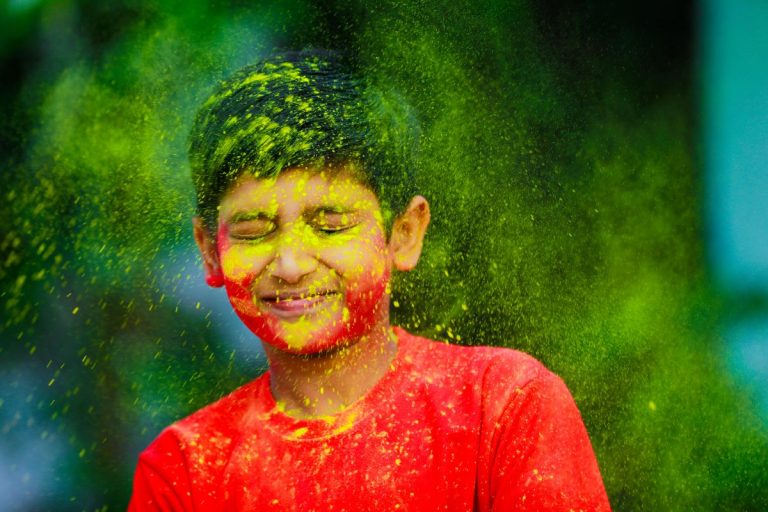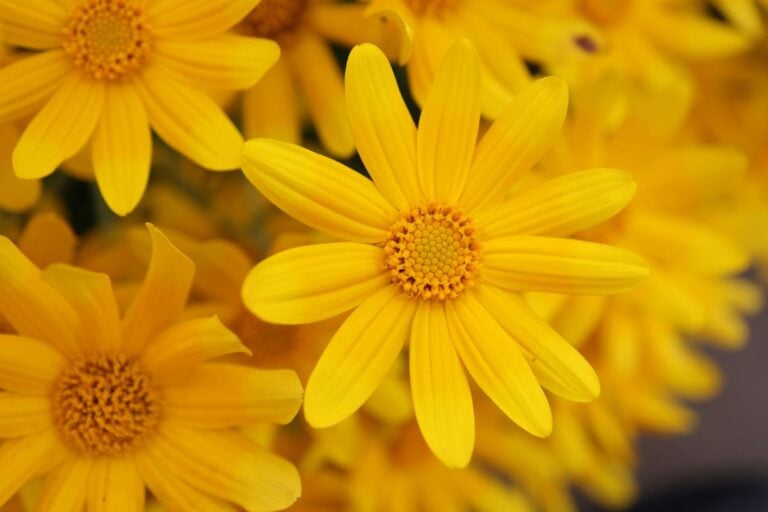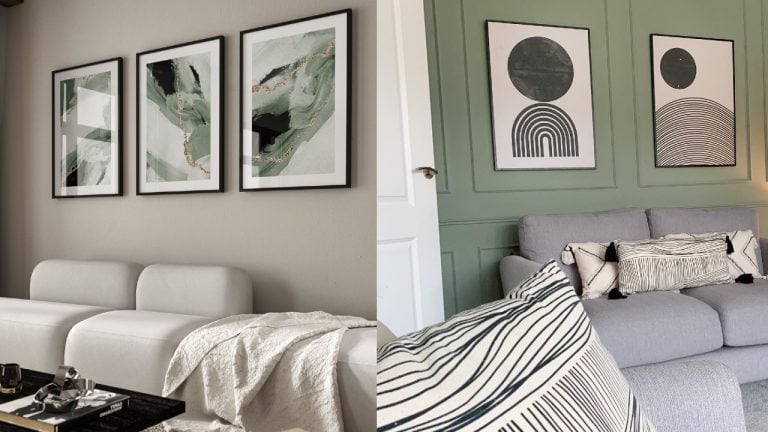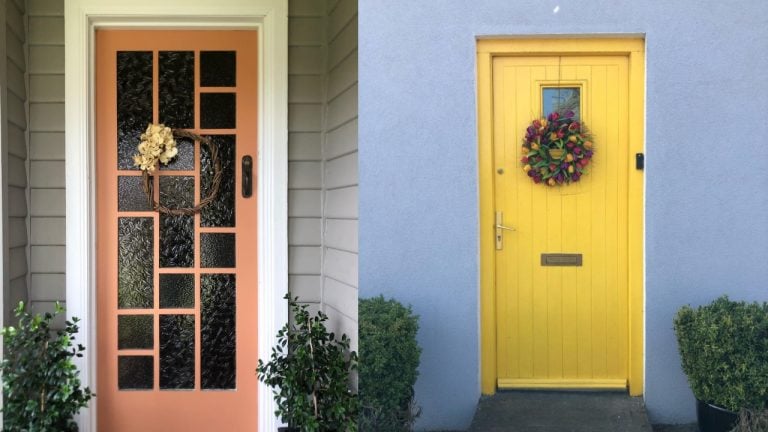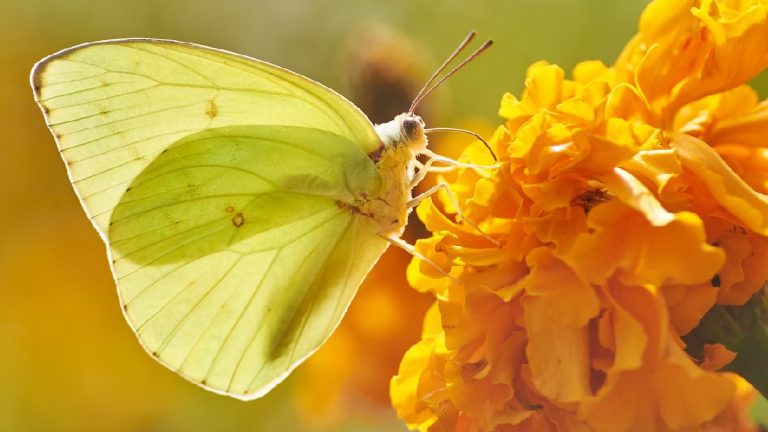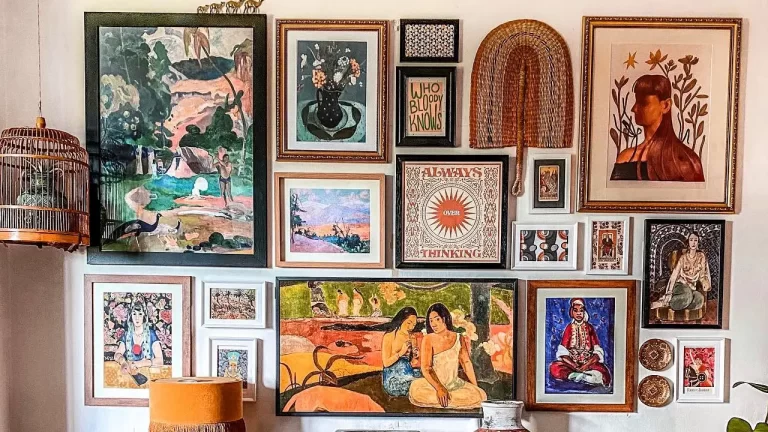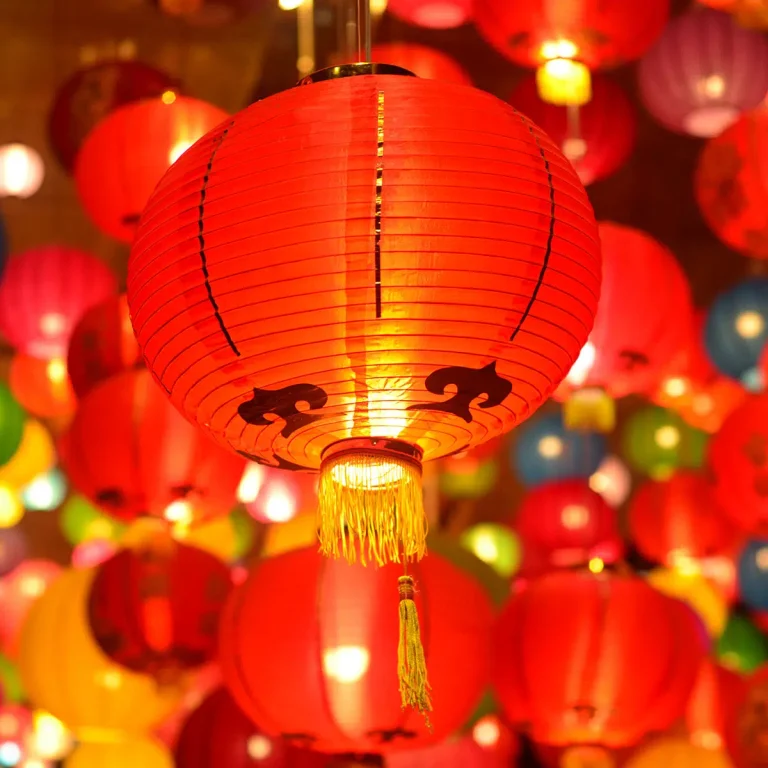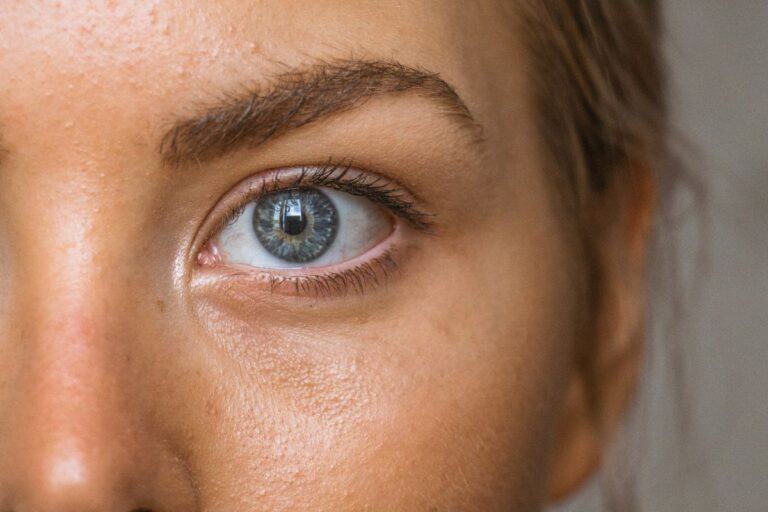Hi, I’m Hailey van Braam, the founder and voice behind Colorpsychology.org. My fascination with colors goes far beyond their visual appeal. As someone with a Master’s in Cognitive Psychology from the University of Amsterdam, I’ve spent years delving into the psychological, biological, and behavioral aspects of color—how hues influence emotions, decision-making, and even physical responses.
My journey into the world of color psychology began early, sparked by curiosity about why certain colors evoke universal emotions, while others carry cultural or personal significance. I often wondered: Why does red ignite passion or urgency? How does blue soothe the soul? And what role does our biology and behavior play in these reactions? These questions became my compass, guiding me through the intersection of cognitive science, art, and everyday human experience.
One of the most rewarding aspects of my work is uncovering the hidden layers of color. For example, red is more than a symbol of love or warning—it also increases our heart rate and can subtly encourage appetite, making it a favorite in marketing and design. Taupe, with its blend of neutrality and sophistication, provides the perfect backdrop for balance and calm. Meanwhile, royal blue, steeped in history and regal connotations, evokes trust, responsibility, and authority. Each color tells a story, and it’s my mission to help others understand and use these stories in meaningful ways.
What excites me most is the practical application of color psychology. Through my blog, I strive to bridge the gap between science and real-world design. Whether you’re a brand strategist choosing a logo palette, a homeowner selecting paint for a cozy living room, or simply someone curious about why you always reach for the same shade of blue, my goal is to provide insights that are both accessible and actionable.
Over the years, I’ve worked closely with designers, educators, and marketers to explore how color impacts behavior and decision-making. From branding studies to designing calming workspaces, I’ve had the privilege of helping individuals and organizations create environments that truly resonate. The feedback and collaboration I receive fuel my passion and expand my understanding of how deeply color is woven into the fabric of our lives.
Beyond the blog, you’ll often find me experimenting with art projects, photographing nature’s brilliant hues, or reading about historical uses of color in art and fashion. These hobbies remind me that color isn’t just psychological—it’s cultural, historical, and deeply personal.
I believe color has the power to connect us to our emotions, our identities, and each other. That’s why I’m so passionate about sharing my knowledge with a wider audience. Whether you're a long-time reader or new to Colorpsychology.org, I invite you to explore, question, and discover the world of color with me. Together, we can uncover how the right shades can inspire, calm, energize, and empower.
